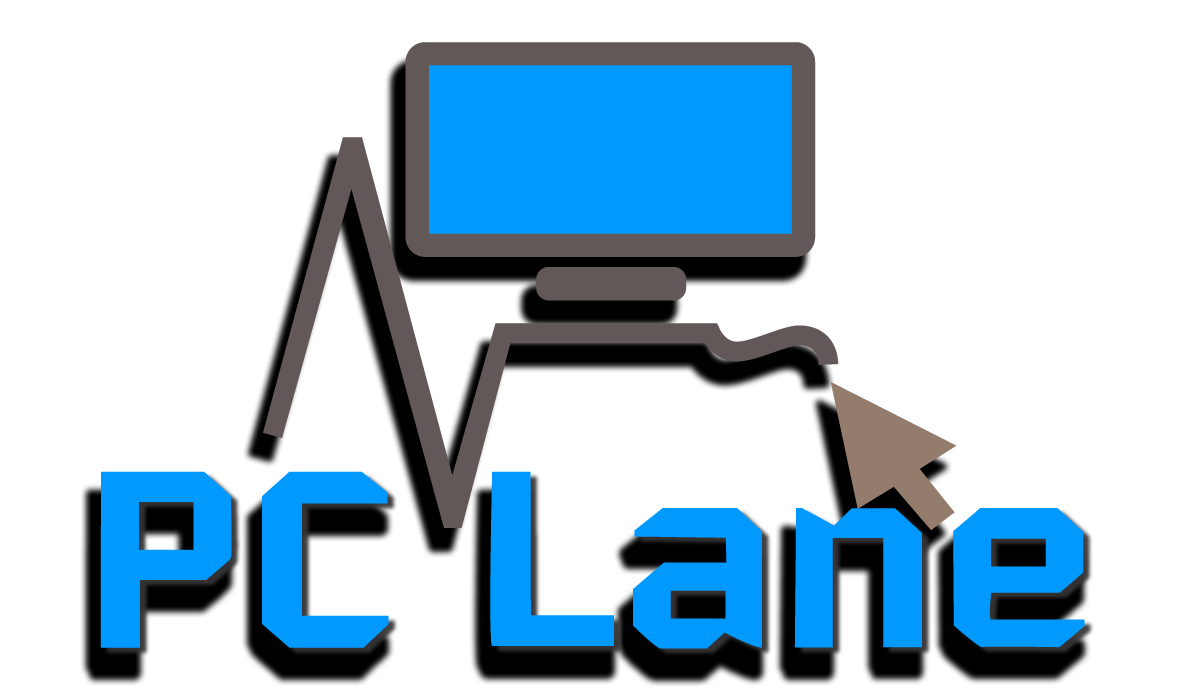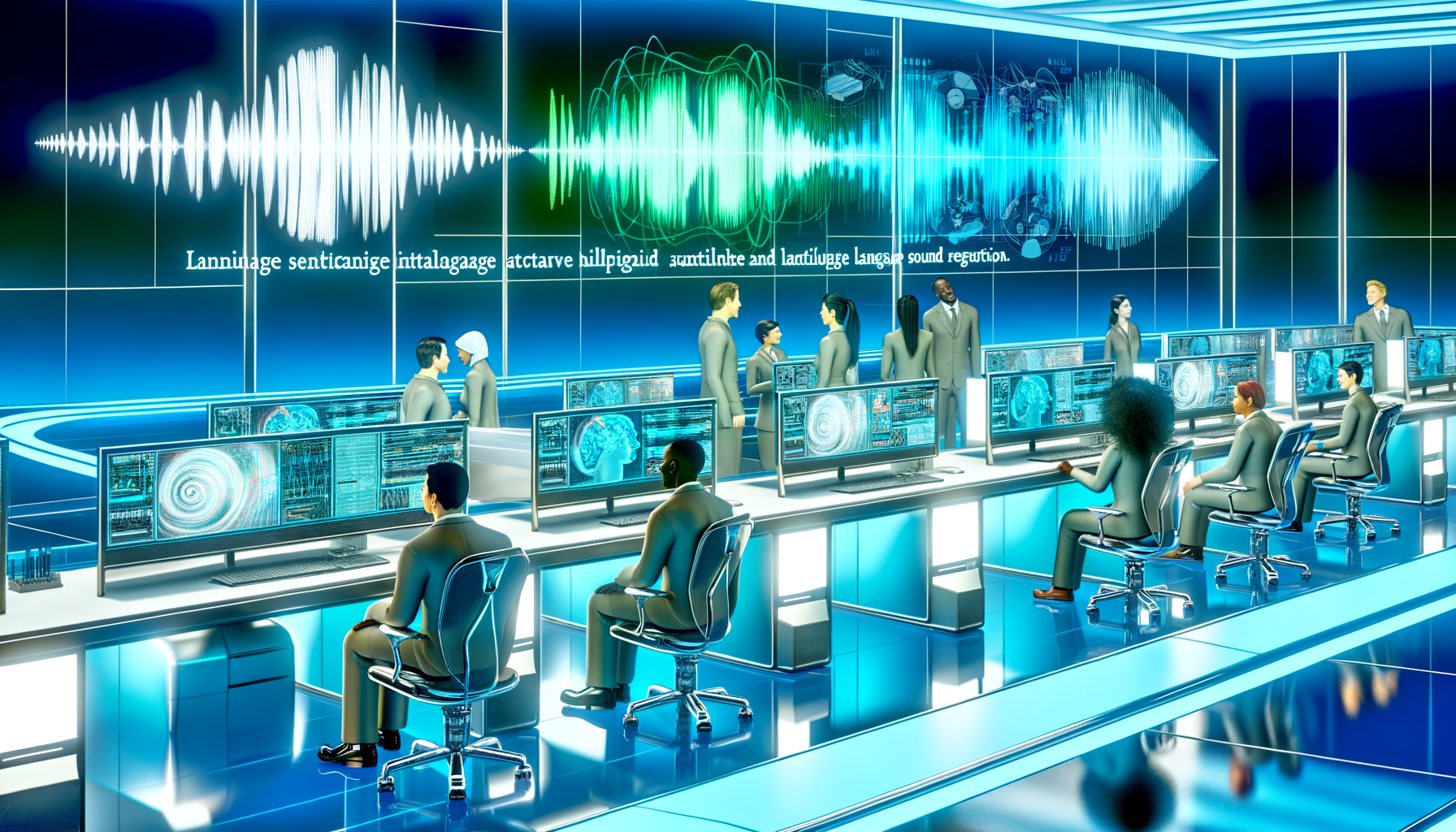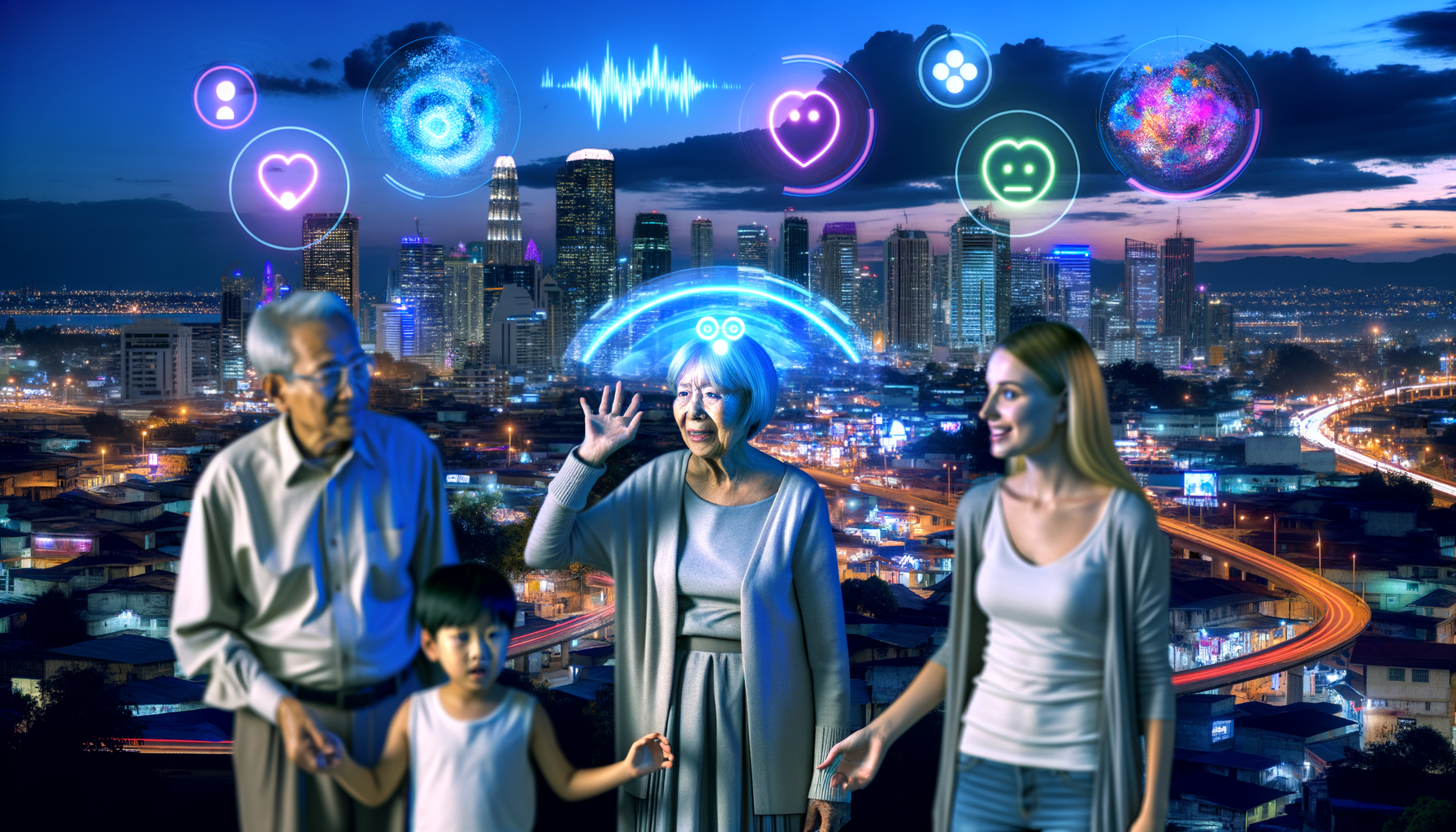NVIDIA Unveils Open Source Canary AI for Multilingual Speech Recognition
Introduction
NVIDIA has taken a bold step forward in the world of artificial intelligence with the launch of its Open Source Canary AI platform. This new tool is designed to make multilingual speech recognition easier and more effective. In today’s world, where understanding and communication across different languages is crucial, this innovation could change how we interact with technology.
Understanding Canary AI
Canary AI is a software platform built with the goal of improving how computers understand spoken language. In simple terms, speech recognition is when a computer listens to a person and tries to understand the words. With multilangual capabilities, Canary AI can recognize and process multiple languages, making it very useful for people who speak languages other than English.
Unlike many other speech recognition systems that are locked behind a paywall or heavy licensing fees, NVIDIA’s solution is open source. This means that developers and researchers can view, modify, and enhance the code to suit specific needs. This type of community development usually creates better tools faster because many unique minds work together. To learn more specifically about what open source means in the AI space, you can visit the Open Source Initiative article on the topic.
Why Multilingual Speech Recognition Matters
In our globalized society, interactions across different languages are common. Traditional speech recognition systems mostly focus on English, which can be a barrier for millions of non-English speakers. By supporting multiple languages, NVIDIA’s Canary AI can be used in customer service, education, and international business, making these services more accessible to everyone. This is especially relevant for industries such as travel, where understanding and translating directions, instructions, and local language nuances is crucial.
For those interested in the technological challenges behind multilingual speech recognition, a detailed discussion on these challenges can be found in an article from MIT Technology Review.
How Canary AI Works
Canary AI uses advanced machine learning techniques to support its speech recognition capabilities. Machine learning is a way of training computers to learn from data, and in the case of speech recognition, it means learning different accents, dialects, and speech patterns from large datasets. NVIDIA has equipped Canary AI with advanced deep learning models that help the system understand context and nuances in spoken language.
For example, if you say “I need help with my account,” the system understands that you are likely seeking customer assistance, even if you make a small mistake in pronunciation. By analyzing many examples of phrases in various languages, the system gets better over time. To explore similar projects and technology in AI speech recognition, consider reading this NVIDIA research release on speech technologies.
Open Source and Community Collaboration
One of the most exciting aspects of Canary AI is that NVIDIA is releasing it as an open source platform. This means that experts in language and software development from around the world can customize and improve the system. The open source community plays a big role in making technology work better for everyone. Many successful projects in the tech field, like Linux and TensorFlow, have grown and improved thanks to a diverse group of contributors.
Open source projects are known for their transparency. Users can see how the system makes decisions and can tweak it if needed. This can lead to more trustworthy systems and faster progress in AI technology. You can check more on the benefits of open source collaboration in AI by visiting this IBM article on open source in AI.
Potential Impact and Future Applications
The launch of Canary AI is a significant move that could impact various fields. In education, for example, the tool could help create real-time translations for students who speak different languages, promoting learning and understanding in diverse classrooms. In healthcare, multilingual speech recognition could improve communication between patients and doctors, ensuring that everyone gets the help they need despite language differences.
Businesses that operate across borders could also benefit tremendously. Customer service systems that are able to understand and respond in the language of each customer can boost satisfaction and build trust. This is particularly important in a world where user experience is a major factor in a company’s success.
The technology might also be used in entertainment, such as video games or interactive media, to create more natural and engaging dialogue with characters. As more applications adopt multilingual and voice-driven interfaces, tools like Canary AI could become essential to these systems.
Challenges Ahead
Despite its many advantages, the development of multilingual speech recognition tools like Canary AI comes with challenges. For instance, understanding the rich diversity of human languages is inherently complex. Languages have various dialects, slang, and evolving expressions, and capturing these nuances in a machine learning model is no easy task.
Moreover, training these systems requires massive amounts of data and computing power. NVIDIA is known for its powerful GPUs that accelerate these computations, and the release of Canary AI demonstrates the company’s expertise in this area. However, ensuring that the system remains unbiased and accurate across all languages is an ongoing challenge. Researchers must constantly update and refine the model to handle new forms of speech and linguistic evolutions.
Looking Forward
The release of NVIDIA’s Open Source Canary AI represents a promising step forward for speech recognition technology. By making this technology available to the global community, NVIDIA is supporting innovation that can lead to faster improvements and more tailored solutions for various industries.
This is not just a win for technology enthusiasts but also a practical tool that has potential real-world benefits. Whether it’s making a travel experience smoother, enhancing educational resources, or simply breaking language barriers, Canary AI shows that the future of speech recognition is bright. For continual updates on such innovations in the field of AI, you might find this research paper on multilingual AI models interesting.
Conclusion
NVIDIA’s unveiling of the Open Source Canary AI for multilingual speech recognition is a powerful example of what the future holds. This platform not only pushes the boundaries of current technology but also provides a collaborative tool that the global community can shape. As the world becomes more connected, tools like Canary AI can reduce barriers and bring the benefits of advanced AI to everyone. This is a significant milestone in the journey toward creating technology that understands us all.
In a time when clear communication is essential, innovations like these are not just technological achievements—they are meaningful steps that help connect people across diverse cultures and languages. Stay tuned to the evolving landscape of AI, as it continues to pave the way for a more inclusive future.



